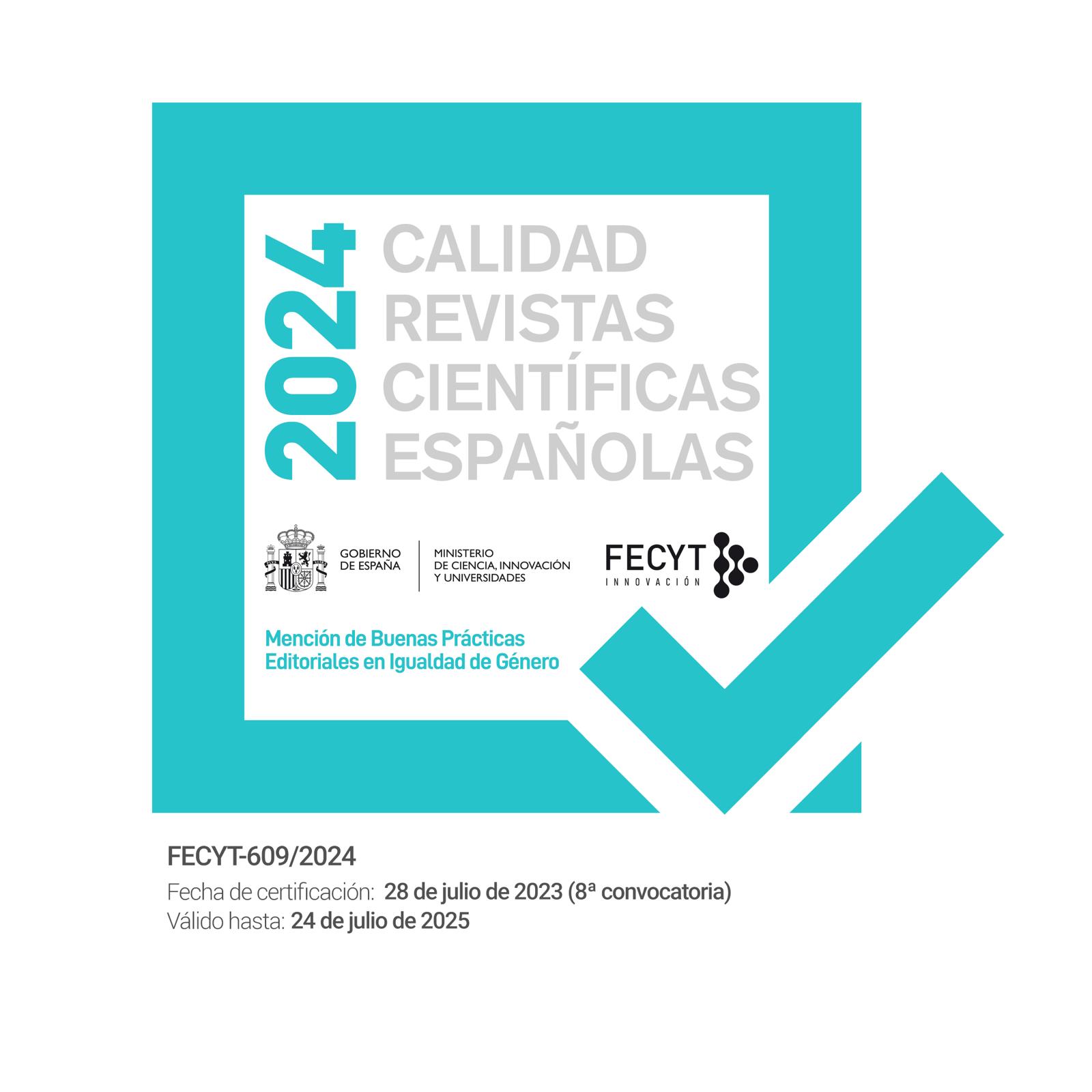The heterogeneity of the expository statements in Loores de Nuestra Señora by Gonzalo de Berceo
Keywords:
Loores de Nuestra Señora, Gonzalo de Berceo, Expository, Statements, Purpose, Praise, Textual AnalysisAbstract
Loores de Nuestra Señora by Gonzalo de Berceo has been usually portrayed as a mixture of textual elements with a weak thematic cohesion. This paper aims to examine certain expository segments that are within the narrative sequence (embedded in a second level to the macrotextual prayer of praise and petition) in order to define its function, concerning the narrative sequence as well as the macrotext. Those segments are: the exposition about the sacred Sunday (stanzas 104-106), the role of women in the Church (109-111), the contemplation of the end of the enemies of Christ (119-123), the symbolism of numbers (142-151) and the explanation of the tetramorfos and the role of the evangelists (162-169). The main hypothesis is that these expository statements are not heterogeneous or disjointed: they perform a specific purpose that does not primarily involve an educational-catechetical intention, but rather a rhetorical enhancement of the perfection of the Salvation history, therefore uttered as an emphasis to the laudatory objective.











